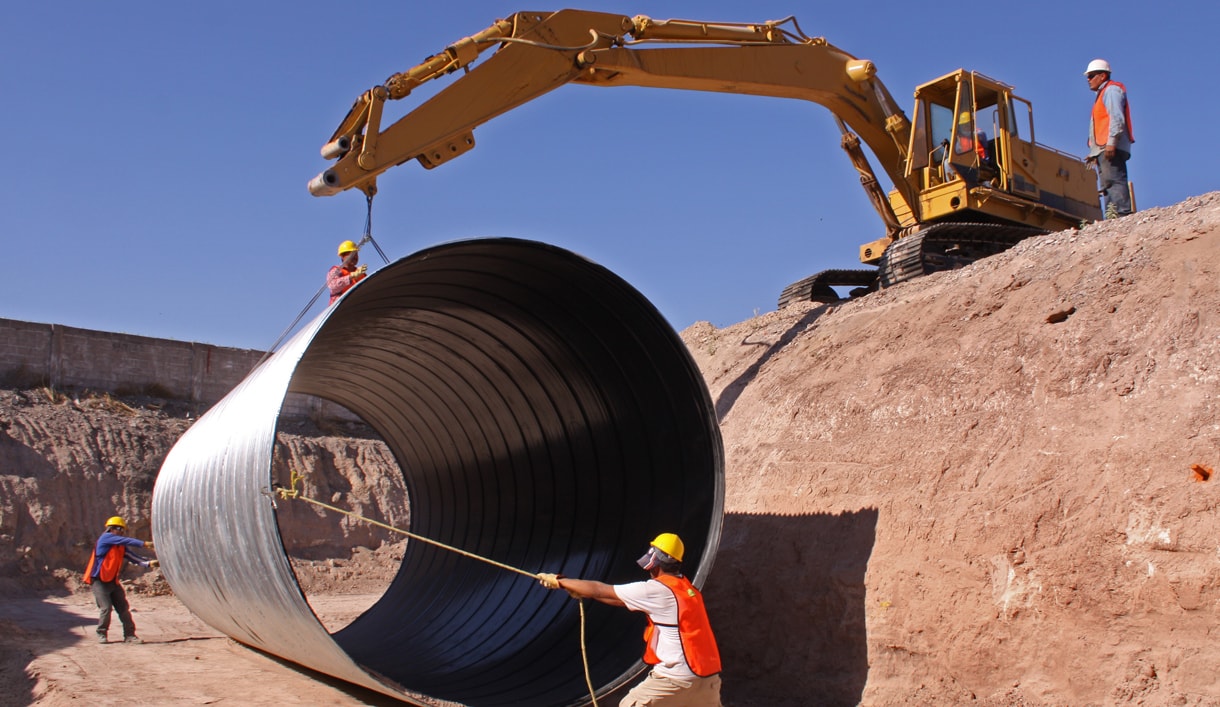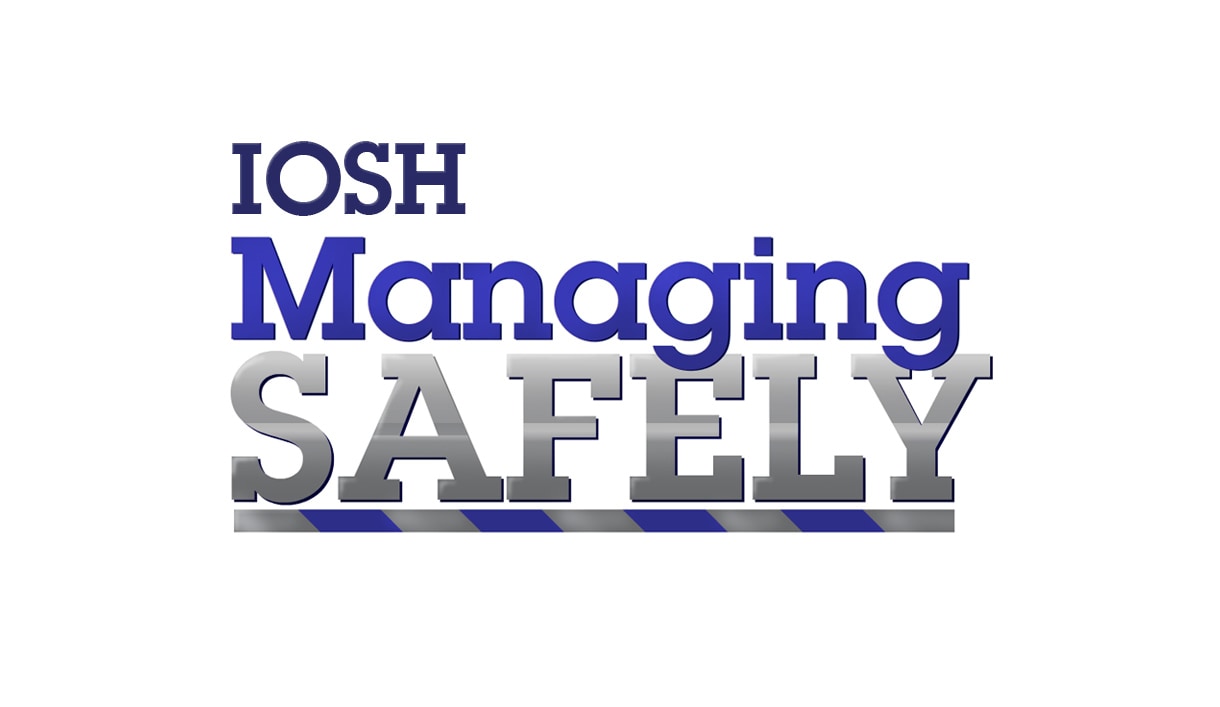The dangers of setting a bad Health and Safety example
Inspire safety in the workplace, not carelessness
We regularly use the expression “lead from the top” when referring to good practice that should be adopted in the workplace but why is this?
There are some managers out there who perhaps feel that they have worked hard to get where they are and surely they are entitled to “bend the rules” a little, or indeed some that feel they are above the rules altogether.
Unfortunately, “do as I say and not as I do” can be a dangerous business. We need to look at the message that this sends to other employees and the consequences it can bring.
No excuse for setting a health & safety bad example
Possible reasons why Managers set a bad example:
- Time constraints – e.g. instructing a driver to lift more weight than telehandler can support. It might be OK the first time but I have witnessed this and seen the telehandler tip over and smash into a newly constructed building. Nobody was hurt but it was a dangerous occurrence.
- Too much effort to do things properly – another incident was when a site manager requested to be lowered into an excavation on the bucket of a digger, it goes without saying this is not a commendable “hands on” approach.
- Unaware of the rules – e.g. being unaware of the requirement to wear a hard hat because they are just “visiting” site and not actually working
- Avoiding a difficult staff member or situation and thus failing to address the issues in question.
- Micro-management – not trusting staff to undertake a job correctly or as a manager feels it should be done. Managers cannot be Jack of all Trades
- Disorganised – unsure of what should be done and when, possibly demonstrating inability to delegate or to make well-informed decisions
- Not enough capital to spend on safety measures – profitability above safety will always be a story with an unhappy ending.
Consequences of setting a bad example
- Setbacks in time, money and injuries causing absenteeism, employment of temp staff.
- Accidents – Whilst in the examples above the driver theoretically should speak out, the knowledge that they could be replaced in a split second often causes them to remain quiet and not to challenge the instruction. Technically this is bullying and abuse of power.
- If a manager does not know or understand the health and safety rules then how can they manage effectively? When overseeing any site, they should be aware of what health and safety procedures are required. Regular communication with supervisors and workers will help here.
- Bad safety practice can result in an avoidable accident for which manager could be held liable in the end and so cutting corners can have a devastating effect not only on the person injured, but on the manager involved and the reputation of the company.
- Forgetting to do something will not be a good enough defence against negligence where an organisation has breached their Duty of Care due to lack of prioritisation or organisation of a job/project.
- Monkey see, monkey do – staff will copy behaviour of management in order to gain approval or because they see something completed by a manager one way and so assume it must be correct. Staff do trust that the managers will set an example of how things should be done properly. By the same token, if bad behaviour goes unchallenged, people are liable to copy it and thus a bad culture is born and it will spread quickly.
Invest in safety, reap the benefits
The difficulty is that when a bad culture sets in, it takes twice as long and a lot more effort to reverse it. Staff need to feel that they have a voice and they need to be able to challenge management in the same way that they would be challenged i.e. with respect and a solid foundation of knowledge to back it up. Using the example of not wearing PPE when visiting site, managers should undergo induction in the same way that a labourer does in order that they understand the dangers and risks of visiting a site. Staff will appreciate the fact that the head of an organisation is willing to sit with a labourer and learn the same things. This not only makes good health and safety sense but it removes barriers of communication between managers and workers by making management more approachable.
Managers need to see the benefit of investing more effort into health and safety and setting a good example to ensure that:
- The task is completed safely
- Staff feel more valued
- Staff become more loyal
- Staff take less time off work
- Staff work harder as they feel valued
- Productivity and profit increase
Sound, simple and – above all – safe.
Victoria Hughes









Leave a Reply
Want to join the discussion?Feel free to contribute!